Let there be light
When white dwarf stars like Rabbit die - they blow up in the biggest, brightest, explosion in the Universe (a Type I supernova).
Computer simulation of Type I (white dwarf) supernova
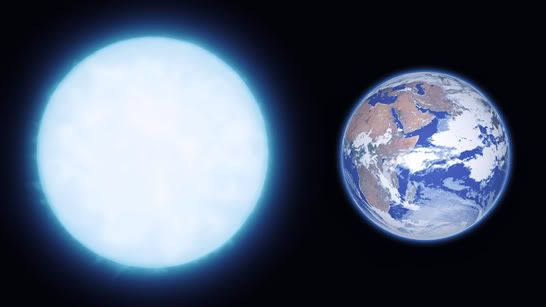 |
| White Dwarf Star compared with Earth |
 |
| Ring of Death |
First in the line for the destruction is ...
The Sun
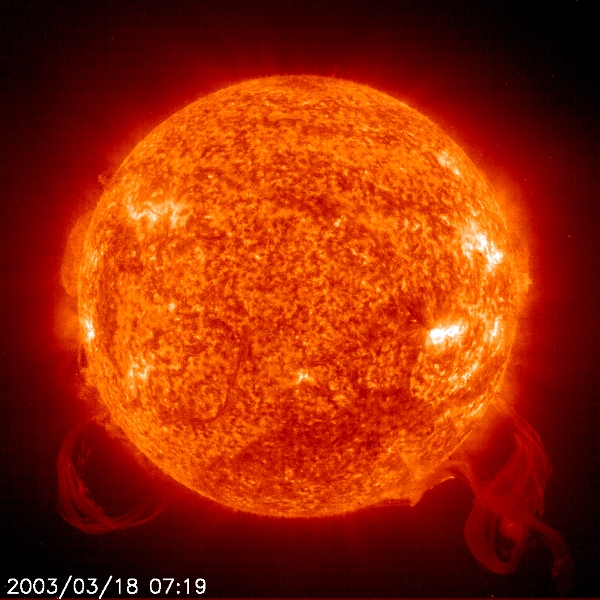 |
| The Sun |
Next in line for destruction is ...
Venus
 |
| Planet Venus (sans atmosphere) |
Venus had recently cooled and probably had a molten center (like a volcano with magma moving underneath it). Ten minutes after the supernova, Venus was struck by a "chunk" of DENSE material about the size of the Moon.
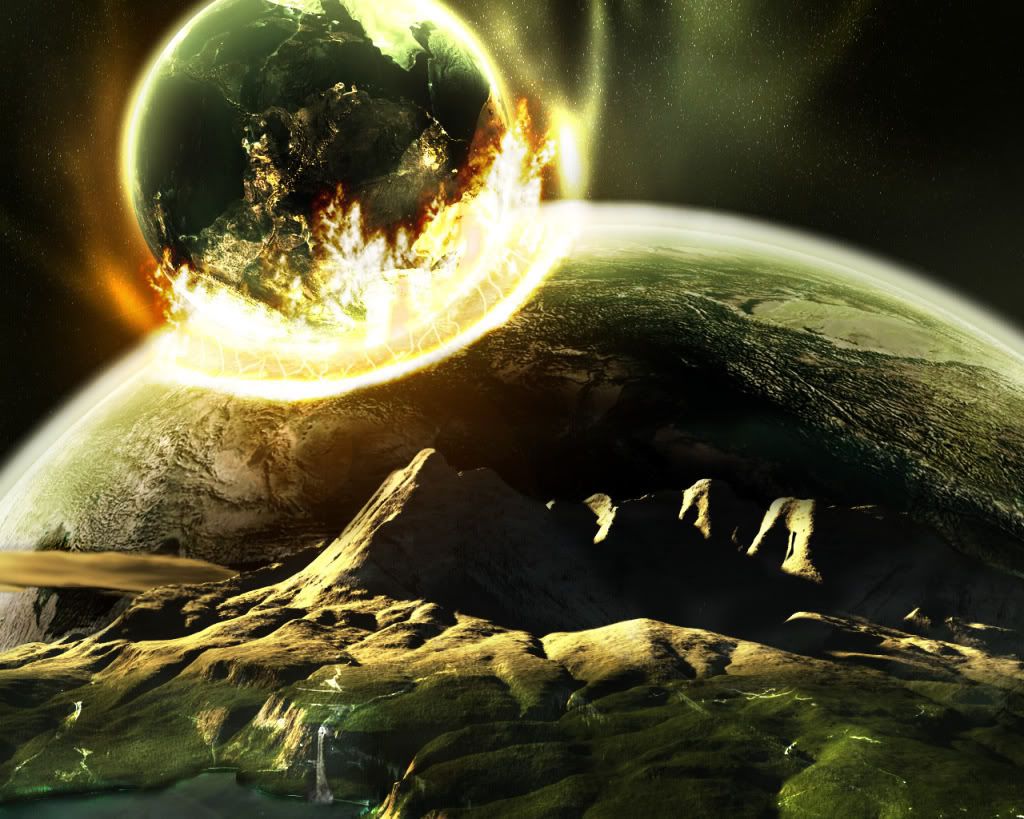 |
| Supernova debris hits Venus |
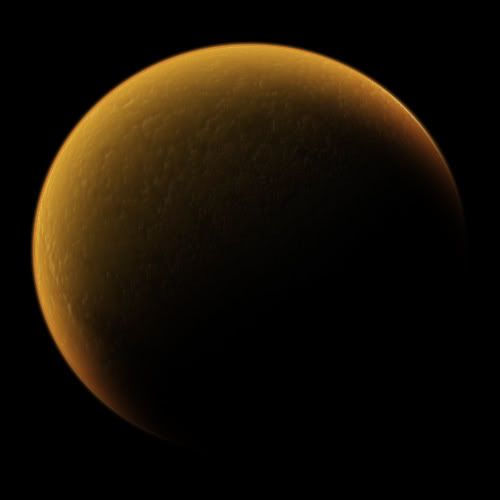 |
| Young Planet Mercury |
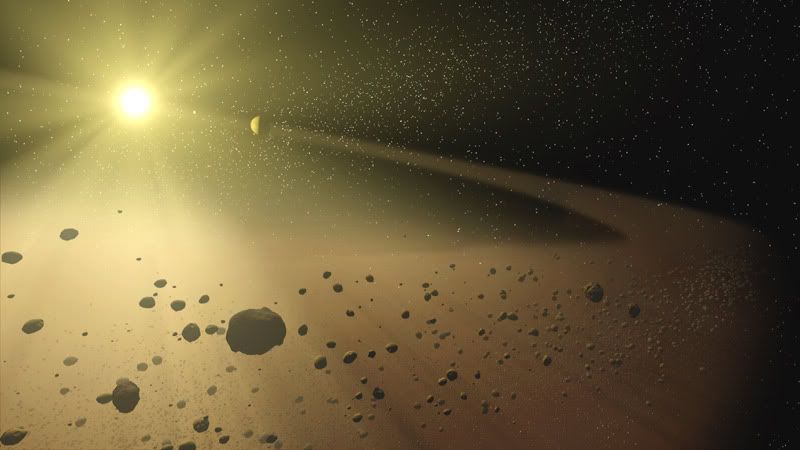 |
| Asteroids orbiting the Sun |
And the Piece de resistance ...
The Earth
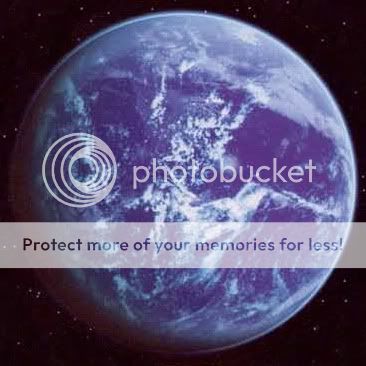 |
| Young Planet Earth |
It's been almost 30 minutes since the supernova, and a chunk of DENSE material (called Theia) about the size of Mars is approaching the Earth. The Earth at this time is Water World - completely covered by an ocean and a thick atmosphere (of mostly carbon dioxide and nitrogen). Underneath the water is a rigid crust maybe 100km/60miles thick. Beyond that - all the way to the center of the Earth is the mantle (the consistency of caramel or very thick tar). Think of old, stale chocolate Milky-Way bar - hard as a rock on the outside, with a not-quite-so-hard center.
Picture Theia as a motorcycle going at full speed with a (small) SUV crossing in front of it. The motorcycle rockets into the SUV and pushes it (SUV) sideways. The initial impact site would have glass (from the SUV windows) laying in 2 rows/piles - along both sides of where the motorcycle came through. Let's also say that a passenger in the SUV was ejected (away from the motorcycle impact).
That's the story of the Earth - and of the Moon and Mars. The passenger that was ejected represented a chunk of Earth mantle rock that was ejected from the Theia Impact (now called the Giant Impact Hypothesis - I call it the Big Whack). This "chunk" becomes the planet Mars as it finally gets captured by the Sun's gravity after a billion-year, 100 million mile trek (at the next Titius-Bode point).
The 2 piles of glass represent the Earth's crust that was thrown out from the Big Whack. These "blobs" were caught in Earth's gravity field, so they started to orbit the (new) Earth (very close to each other). Eventually the 2 blobs merged and became the Moon (see http://www.space.com/12529-earth-2-moons-collision-moon-formation.html)
The Earth now had a red-hot cannon ball stuck at its core, and the entire Earth melted. The blast wave stripped 99% of the atmosphere away, so much of its water and atmosphere was gone (Mars "stole" some when it was "launched"). It would be another billion years before the Earth has a solid surface again.
The Big Whack also sprayed asteroids (and water) into the Solar System. The inner Solar System now consists of Mercury, Venus, The Earth, The Moon, and Mars - and millions of asteroids! Over the next billion years, these asteroids would hit every planet and Moon many, many times (the so-called Late Heavy Bombardment). The Earth was mostly molten during this time, so most of the asteroid impacts were "splashes" - that's why it doesn't look like the other planets today (pineapples).
It is now 3.5 Billion years ago, The asteroids (new planetesimals) are mostly gone - having pelted the inner planets. The Earth is finally solid (again). But Mars isn't doing so well. It's losing the water and atmosphere it "stole" from the Earth (not enough gravity to hold on to it) - and is getting too cold for liquid water (no interior furnace like the Earth / too far from the Sun).
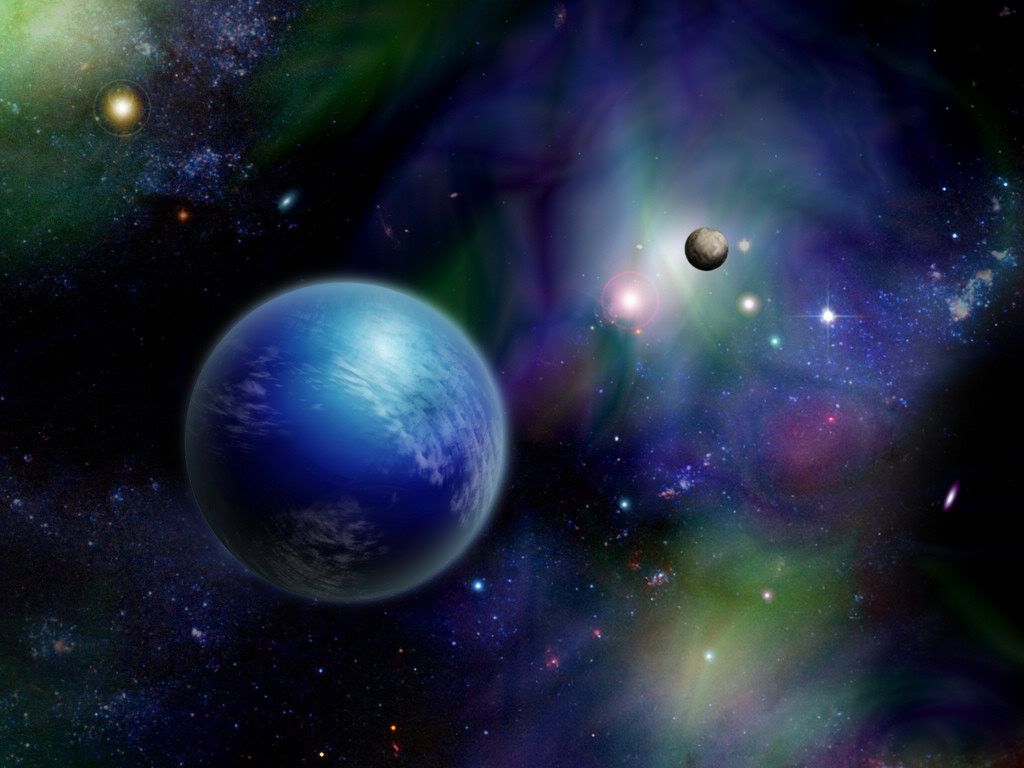 |
| The Earth and Moon |
What happened to the outer planets Jupiter and Saturn? Where do the planets Uranus and Neptune come from? The rest of the story is incredible - and it's available at https://www.createspace.com/3406599 or search for Rampson at Amazon.com. Kindle version available.
No comments:
Post a Comment